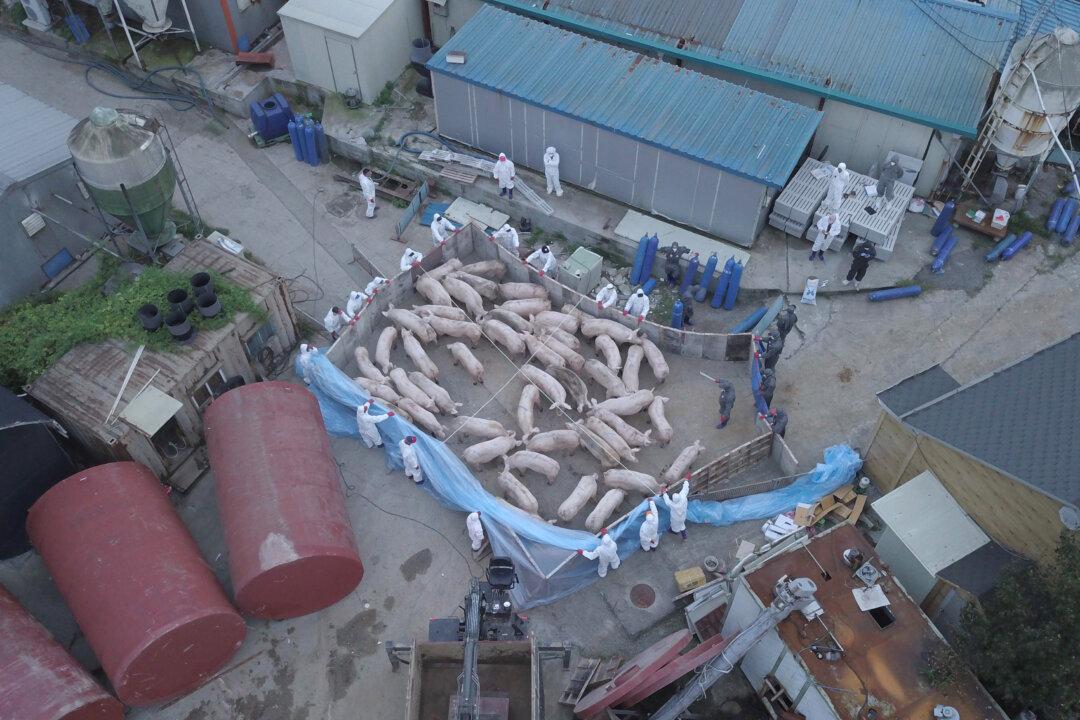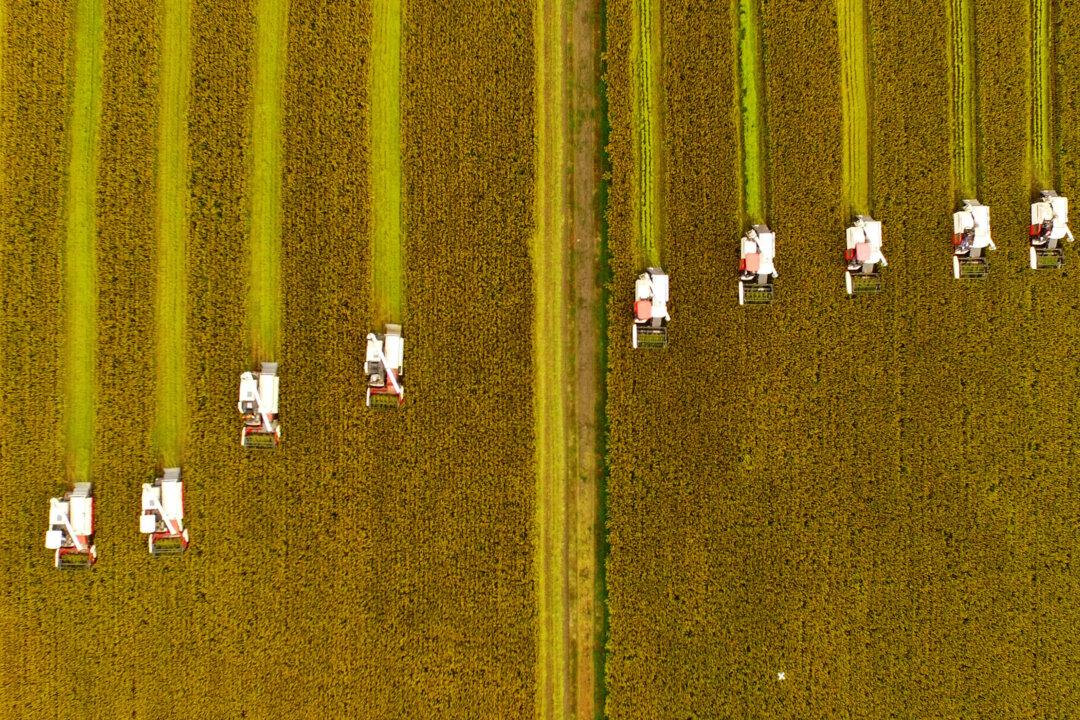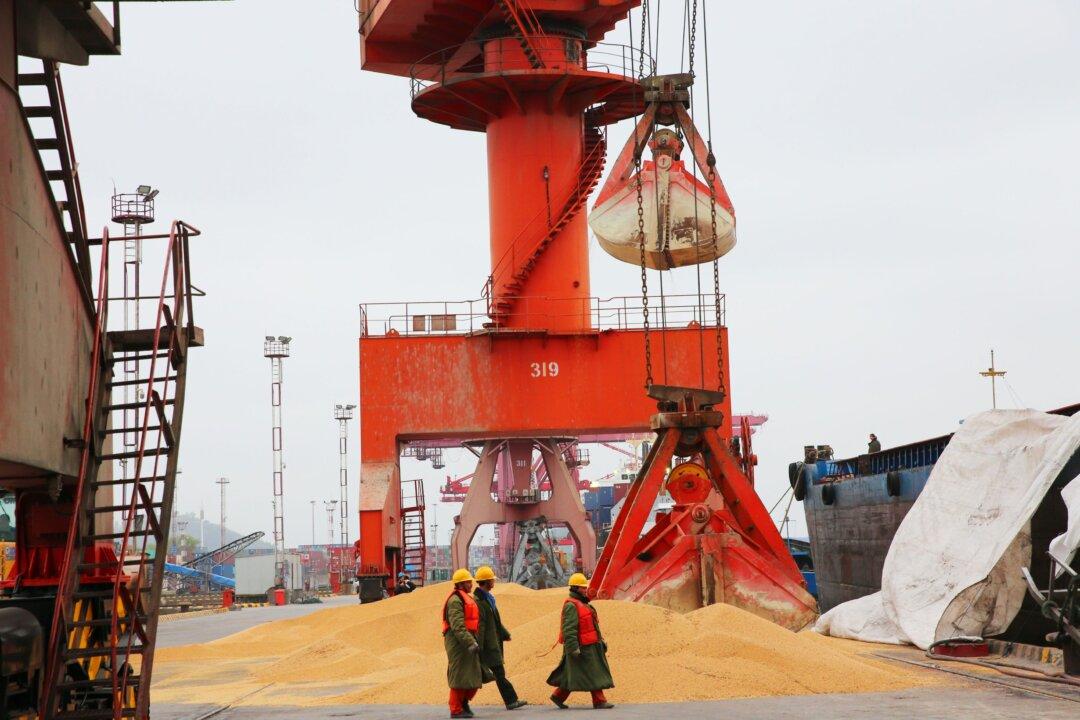The United Nation’s reported that fourteen months since African swine fever (ASF) broke out in China’s Heilongjiang Province, the fatal disease has spread to Vietnam, Cambodia, Laos, South Korea, North Korea, Philippines, Burma, and Timor-Leste.
The UN Food and Agriculture Organization’s (FAO) latest update on China reveals that ASF, a disease that is 100 percent fatal to pigs, has spread to twenty-one provinces, four major municipalities, most of Mongolia and Inner Mongolia, Tibet, the Autonomous Regions and the Hong Kong Special Administrative Region.





